Language isn’t just vocabulary — it’s structure, rhythm, and worldview. French and English, though closely related, organize information in fundamentally different ways. These differences become glaring the moment a translator tries to move a sentence from French into English while keeping its elegance intact. French syntax is shaped by cultural preferences for nuance, subtlety, and melodic flow. English, meanwhile, values clarity, efficiency, and directness. As a result, many French grammatical patterns simply don’t survive when translated literally.
Translators must constantly navigate this tension. A sentence that sounds perfectly natural in French can become awkward, formal, or unintentionally poetic when moved into English. To bridge this gap, linguists reshape the structure, reorder ideas, and sometimes rewrite entire sections while preserving meaning and tone. This process goes beyond grammar — it’s cultural adaptation.
In this article, we explore six French syntax rules that are nearly impossible to translate directly. By understanding these differences, you’ll gain insight into why literal translations fail and what translators do to produce natural, readable English that still honors the French original.
- Inverted Word Order for Emphasis
French frequently flips word order to emphasize a feeling or reinforce a poetic tone. Phrases like “Viennent les jours sombres” place the verb first, creating a dramatic rhythm. In English, this inversion sounds overly formal or archaic, so translators revert to standard order: “The dark days are coming.” The challenge lies in preserving emotional weight without copying the structure. Translators often enhance pacing or add descriptive detail to carry the same mood without sounding unnatural.
- The French Love of Long, Layered Sentences
French writing embraces long sentences filled with clauses, commas, and digressions. It creates a flowing, almost musical rhythm. In English, such sentences often feel heavy or confusing. Translators typically divide them into shorter units while maintaining narrative continuity. They look for natural breakpoints, ensuring the translation feels digestible while honoring the author’s tone. The goal is not to shorten the thought but to adapt the pacing to match English reading habits.
- The Subjunctive Mood and Its Shades of Emotion
French uses the subjunctive mood far more frequently than English, especially to express doubt, desire, obligation, or emotion. English technically has the subjunctive, but it’s rarely used outside formal or poetic contexts. When translating, linguists must convey the emotional nuance without relying on identical grammar. This often means rephrasing with modal verbs like “should,” “might,” or “would,” or adding emotional context. The translator’s task is to retain subtlety without sounding overly dramatic.
- Front-Loaded Adjectives and Emotional Build-Up
French often places adjectives after the noun, but when adjectives come first, they create a specific emotional rhythm. A phrase like “la belle histoire” flows differently than “the beautiful story.” English doesn’t carry the same melodic contrast, so some nuance is lost. Translators compensate by adjusting word order, adding descriptive layers, or enhancing sentence rhythm. The aim is to retain the warmth or tone the original adjective placement establishes, even if structure shifts.
- Politeness Embedded in Syntax
French politeness isn’t only cultural — it’s grammatical. Indirect phrasing like “Auriez-vous l’amabilité de…” conveys politeness in ways English rarely mirrors literally. Translating it word-for-word results in stiff English such as “Would you have the kindness to…” Translators instead choose natural English alternatives like “Could you please…” or “Would you mind…” This adaptation preserves the respectfulness of the original while aligning with English conversational norms, ensuring tone remains polite rather than overly formal.
- The French Passion for Abstract Subject Constructions
French often uses abstract subjects like “il est nécessaire que” or “il semble que,” which emphasize the situation rather than the speaker. English tends to prefer more active subjects such as “we need to” or “it seems like.” Translators must shift from impersonal to personal or direct phrasing to maintain fluidity. They adjust structure by focusing on who is acting or impacted. This change helps the English version feel natural while keeping the intent intact.
How Word Order Reflects Cultural Thinking
French favors elegance, progression, and subtle buildup. English favors clarity and straightforward delivery. These preferences shape sentence structure in each language. When translators shift from French to English, they’re not just converting grammar — they’re converting worldview. Understanding this cultural lens helps them recreate meaning in a way that resonates with English-speaking readers. They adjust pacing, logic flow, and emotional cues to honor the original spirit while aligning with English expectations.
Why Literal Translations Fail in Everyday French-to-English Work
Literal translations often produce sentences that sound stiff, overly formal, or unintentionally poetic. This happens because French leans on syntactic elegance, while English is more practical. Translators abandon literal structures and instead focus on intention. By examining tone, purpose, and emotional impact, they craft English versions that feel natural to readers. The process is less about replacing words and more about reimagining the sentence through an English lens without losing authenticity.
The Translator’s Role as Cultural Interpreter
Translators do more than shift grammar — they interpret cultural communication styles. They understand how a French writer intends to sound and replicate the effect in English rather than mimic the structure. This demands cultural literacy, creative writing skills, and linguistic insight. By analyzing sentence flow and emotional cues, they ensure the English version conveys the same personality and nuance. Ultimately, good translators protect the heart of the message even when the form must change.
When Rewriting Becomes Necessary
Some French sentences are simply too long, too abstract, or too culturally embedded to translate cleanly. In these cases, translators reshape entire sections. They might reorganize ideas, add clarifying details, or shift emphasis to suit English flow. This isn’t “changing the original” — it’s preserving readability and emotional truth. Rewriting allows the translation to feel alive and intentional rather than strained or mechanical, ensuring readers experience the full richness of the message.
How These Syntax Differences Influence Localization
In marketing, literature, film, gaming, or luxury branding, poor syntactic translation can distort tone and reduce impact. Localization teams study French syntax carefully to ensure the English output feels polished and audience-appropriate. They adapt idioms, smooth transitions, and reconstruct emotional pacing. These adjustments shape the overall reading experience, demonstrating how grammar and culture deeply influence translation quality.
Conclusion
French and English share historical roots, yet their syntax reflects very different approaches to expression. French favors elegance, abstraction, and layered meaning, while English prioritizes clarity, simplicity, and directness. These differences mean that many French grammatical structures simply cannot travel into English unchanged. Translators step in as creative problem-solvers, rewriting, reorganizing, and reshaping sentences so they remain faithful to meaning while sounding natural to English readers.
The six syntax rules explored here highlight why literal translation is rarely effective. Whether it’s the poetic inversion of word order, the emotional layers of the subjunctive, or the cultural weight of polite phrasing, French syntax carries nuances that English cannot replicate directly. Skilled translators compensate by adjusting rhythm, enhancing clarity, and preserving emotional intent. This transformation reflects not only linguistic differences but also cultural ones, revealing how each language shapes the way its speakers think and communicate.
By understanding these syntactic contrasts, translators help bridge cultural gaps, ensuring ideas move fluidly across borders. The result is translation that feels authentic, respectful, and engaging — not a stiff imitation of the original. Good translation turns linguistic incompatibility into creative opportunity, bringing French expression to life in English while honoring the culture that shaped it.
FAQs
- Whycan’tFrench word order be translated literally into English?
Because English uses stricter sentence structures, and French inversions often sound poetic or outdated in English. - Is the French subjunctive mood always visible in translation?
Not directly — translators often use modal verbs or rephrasing to captureits emotional nuance. - Why do French sentences tend to be longer?
French writing values flow and gradual development, while English prefers directness and simplicity. - How does politeness differ in French syntax?
French embeds politeness in formal phrasing,whereas English uses simpler, more direct requests. - Why do translators sometimes rewrite entire French sentences?
To preserve clarity, tone, and emotional meaning when direct translation would feel awkward or confusing.


